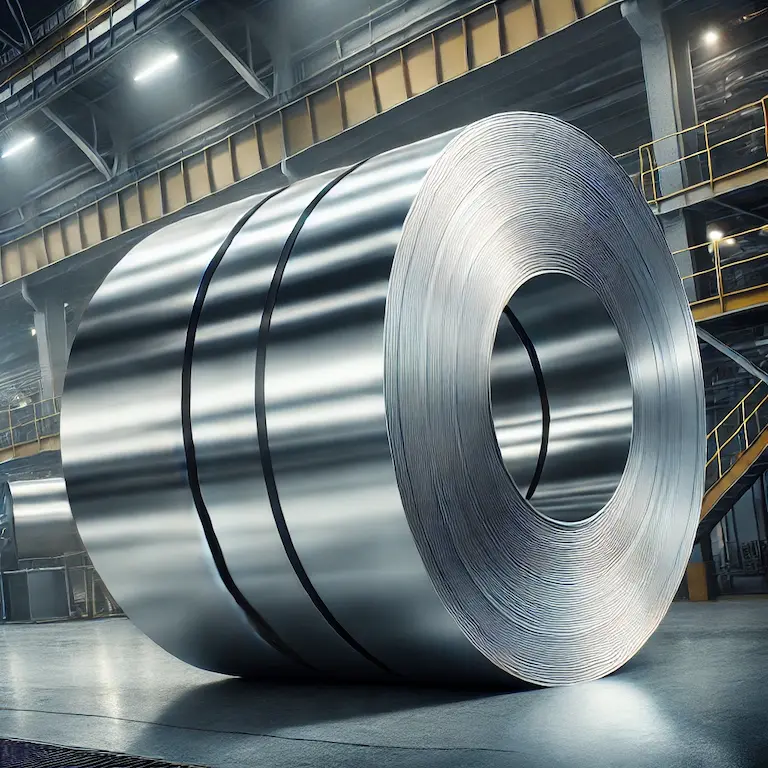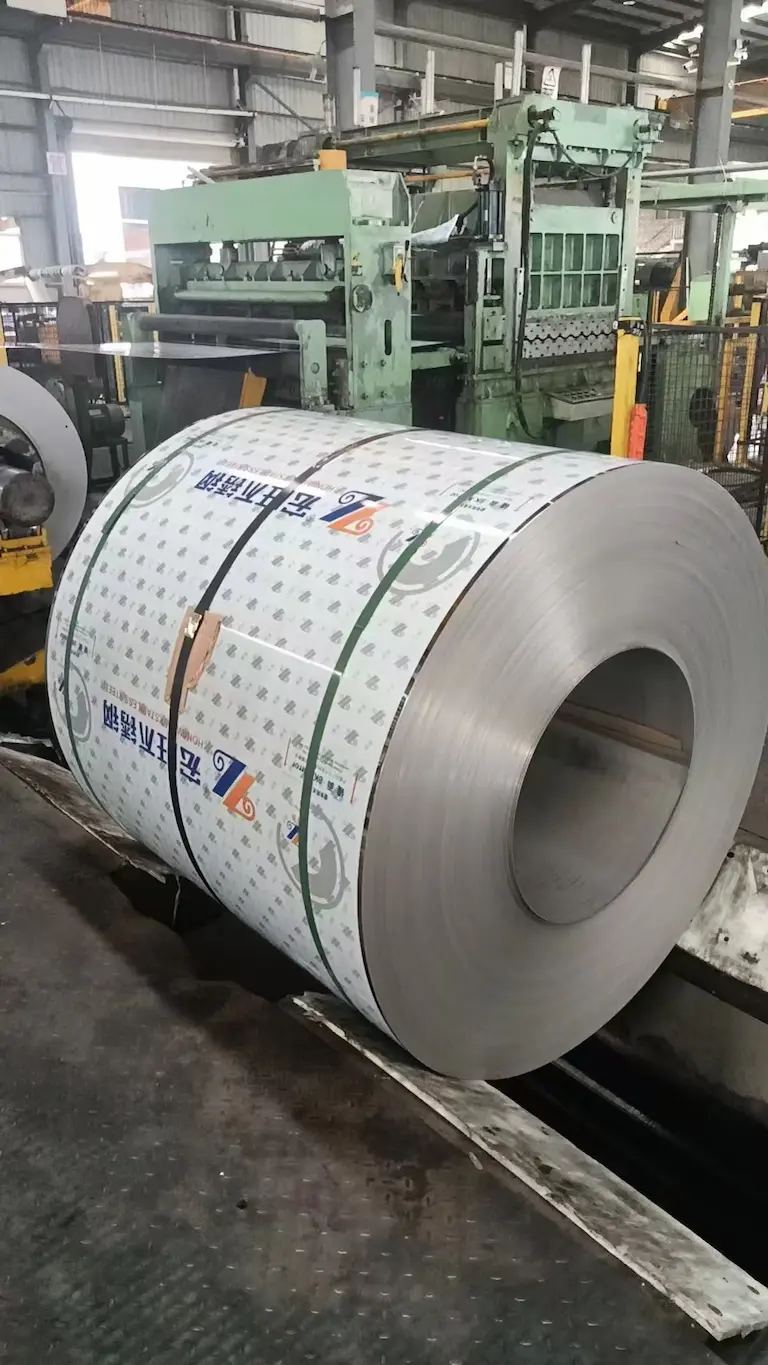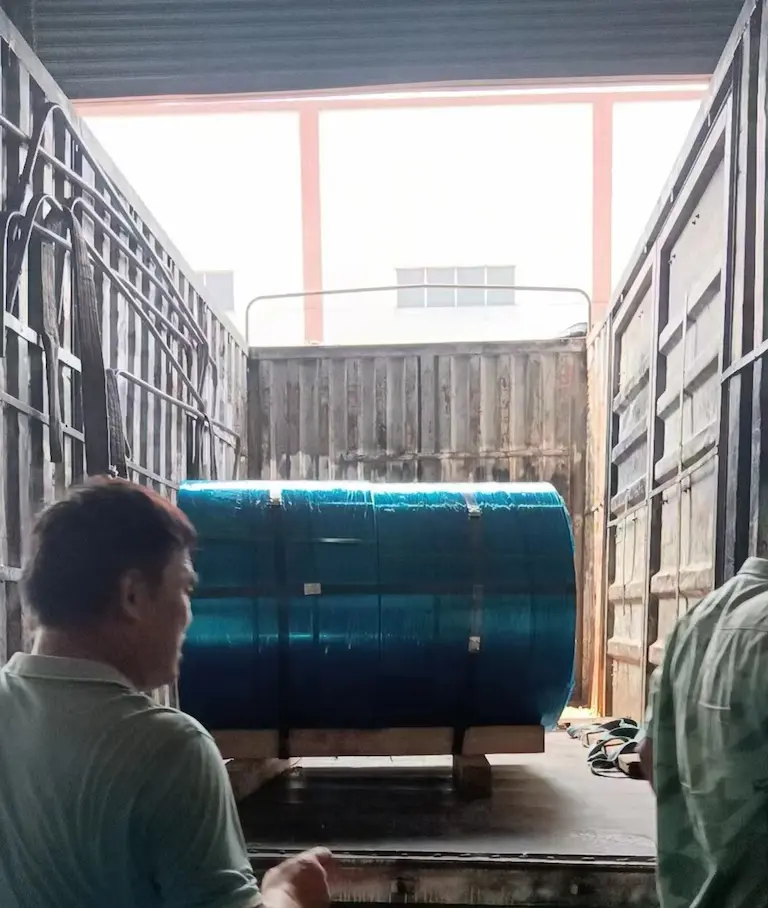

Stainless steel 316 and 316L graded by the AISI, is a steel alloy with chromium and sometimes nickel, that is highly resistant to corrosion and has a high quality appearance.
When it comes to choosing the right stainless steel for your device, understanding the differences between aisi 316 vs 316l is crucial. Both are popular austenitic stainless steels known for their corrosion resistance and mechanical properties, but subtle differences can significantly impact their suitability for specific applications. This article provides a comprehensive comparison to help you make an informed decision.
AISI 316 stainless steel is an austenitic chromium-nickel stainless steel containing molybdenum, which enhances its corrosion resistance, especially against chlorides and industrial solvents. It’s widely used in chemical processing, marine environments, and equipment exposed to corrosive elements due to its excellent durability and resistance.
Read more about the 316 stainless steel foil

AISI 316L stainless steel is the low-carbon version of AISI 316. The “L” stands for “low carbon,” meaning it has a maximum carbon content of 0.03%. This reduced carbon content minimizes the risk of carbide precipitation during welding, enhancing its weldability and resistance to intergranular corrosion.
Read more about the 316L stainless steel.

The American Iron and Steel Institute (AISI) classification system standardizes the grading of steel alloys based on their composition and properties. This system helps engineers and manufacturers identify suitable materials for specific applications, ensuring consistency and reliability across the industry.
While both 316 and 316L are austenitic stainless steels with similar chemical compositions, the key difference lies in their carbon content. Type 316 contains up to 0.08% carbon, whereas 316L has a maximum of 0.03% carbon. This variation affects their performance in certain conditions, particularly concerning welding and corrosion resistance.
The yield strength of both grades is quite similar, but Type 316 may have a slightly higher yield strength due to its higher carbon content. According to the ASM International Handbook, “Lower carbon content in stainless steel can reduce its strength slightly” (ASM Handbook, Vol. 1). However, this difference is often negligible in practical applications.
Both grades exhibit excellent corrosion resistance, high tensile strength, and durability. However, 316L offers better resistance to sensitization and intergranular corrosion, especially after welding. This makes 316L more suitable for applications requiring extensive welding without compromising the material’s integrity.
| PROPERTIES | AISI 316 | AISI 316L |
| Tensile Strength (Mpa) Psi | 75000 Psi | 70000 Psi |
| Yield Strength (Mpa) | 30000 | 25000 |
| Elongation In 51mm | 40 | 40 |
| Hardness Max | 217 | 217 |
| Grade | 316 stainless steel | 316L stainless steel |
| Carbon (C) | ≤ 0.08 | ≤ 0.03 |
| Chromium (Cr) | 16.0–18.0 | 16.0–18.0 |
| Nickel (Ni) | 10.0–14.0 | 10.0–14.0 |
| Molybdenum (Mo) | 2.0–3.0 | 2.0–3.0 |
In terms of load-bearing capacity and performance, both grades are comparable. The choice between 316 and 316L often hinges on specific requirements like welding necessity and exposure to corrosive environments. For instance, if your project involves welding heavy gauge components, 316L would be the better option to prevent weld decay.
While they share many characteristics, 316 and 316L are not entirely interchangeable. For non-welded components in less corrosive environments, Type 316 is suitable. However, for welded structures requiring maximum corrosion resistance, especially against intergranular corrosion, 316L is the preferred choice.
Generally, the price difference between AISI 316 and 316L stainless steel is minimal. However, in some markets, 316L may be slightly more expensive due to its enhanced properties and demand in critical applications. For current 316L stainless steel price information, it’s best to consult suppliers as prices can fluctuate based on market conditions.
Thankfully, it is possible to tell which type of steel is used by the numbers on the first two items: the first 10XX and the second 10XX. A carbon steel 10XX is what it is. A molybdenum-chrome steel is designated as 41XX steel. A 43XX nickel steel is a nickel steel that is derived from chrome molybdenum. There are thirty different catalogs of steels like this that have been designated.
Therefore, the amount of carbon present in the alloy in issue is depicted in the second and third numbers. As an example, a 1015 carbon steel has 15 percent carbon by weight. In most cases, it is far less than 1 percent, and it is referred to as “carbon points.” Because the carbon quantity is one percentage point, this is the case.
Furthermore, it is a 4130 alloy having 30 carbon points, or a 30% carbon concentration, that would be used to make chrome nickel steel.
Alternatively, the standard Classification is a category that provides a grouping of equivalent material, which is classified by product, material utilized in the production of the product, system and service or application. To conclude, the terminology standard is a category that provides the terms agreement as a service.